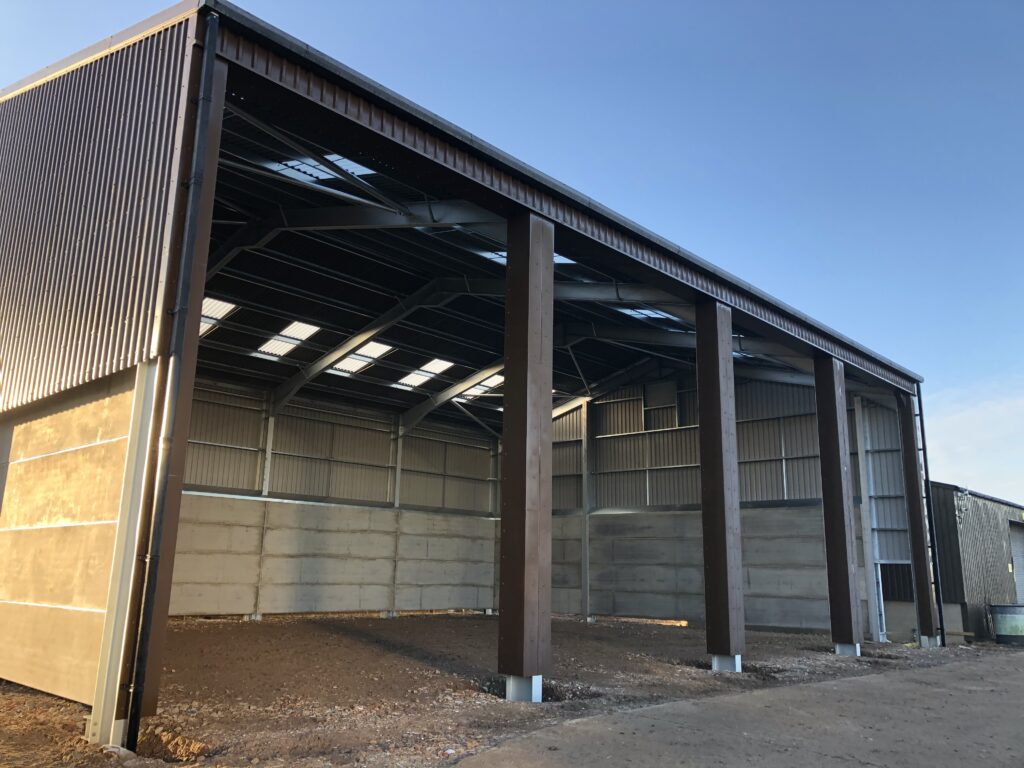Latest News
Land and Property Professionals
We sell, rent, manage, survey, plan and advise...what can we do for you?
We sell, rent, manage, survey, plan and advise...what can we do for you?
Why diversify?

The phasing out of payments under the Basic Payment Scheme has resulted in many farmers looking for ways to protect their business income for future generations.
Through the re-use of redundant/surplus buildings or land of low productivity, diversification can open new sources of revenue that does not rely on the day-to-day agricultural enterprise, add value to assets, provide a new challenge, create new jobs and allow new business entrants in the form of younger generations/family members.
Farm diversification can come in many forms such as:
One of the first steps when considering a farm diversification project should be to assess the planning options available and, if necessary, prepare a planning strategy.
Many proposals utilising existing agricultural buildings may fall under Permitted Development Rights (PDR). Therefore, it is important to understand at an early stage in the project whether full planning permission for change of use is required or whether PDR can be used.

When you can use Permitted Development Rights:
Part 3 of The Town and Country Planning (General Permitted Development) (England) Order focusses on changes of use and in particular Classes Q, R and S focus on the change of use of agricultural buildings.
Class Q enables the conversion of agricultural buildings to up to five new dwellings, the floor space is limited at 465 sqm and the structure of the building must be confirmed as capable for conversion. You also must be able to evidence that the building was previously used for agriculture on or before 20th March 2013.
Class R enables the conversion of agricultural buildings to a flexible commercial use up to 500 sqm and the building must have been last used for agriculture on or before 3rd July 2012.
Class S enables the conversion of agricultural buildings to state-funded schools or registered nurseries providing the building was used for agriculture on or before 20th March 2013 and the change of use does not exceed 500 sqm.
The benefit of being able to use PDR to diversify is it is a simpler, quicker and cheaper way to get farm development through the planning system.
Other factors to consider:
Many sites that offer farm diversification opportunities are located within the open countryside, where planning permission for new buildings is contrary to policy and difficult to obtain. In addition, if a site is located within the Green Belt, a conservation area, a national park or an Area of Outstanding Natural Beauty, it is further restricted by the National Planning Policy Framework (NPPF) and various measures shall need to be taken to ensure the development is acceptable.
Liaising with the local planning authority:
Where PDR is not an option, it is beneficial to engage with the Council at the earliest opportunity and discuss your proposals at a pre-application stage. It is also helpful to engage with your local Parish Council and adjoining landowners and neighbours to gain support and address any concerns prior to the submission of an application.
Often, planning officers are not familiar with the day-to-day running of a farm and how agricultural businesses work. It can be helpful to your application to invite officers to gain an understanding of the enterprise when undertaking their site visit or to submit additional explanatory information as part of an application submission.
Key points to remember:
We have years of experience successfully helping farmers to diversify their farm business. We can help from start to finish and guide you through the process.
For further information or to find out how we can help you, please contact Shannon Fuller.
Back to articles